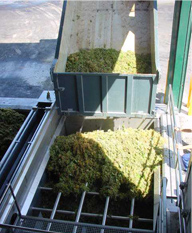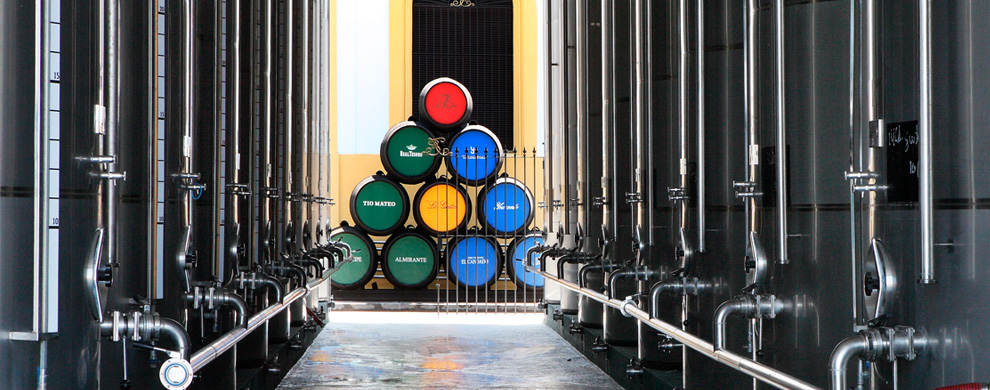
 |
Grupo Estévez S.A.Carretera Nacional IV Km. 640. 11408 |
Home > Culture of Jerez wine > The Process of Elaboration of Sherry
The Process of Elaboration of Sherry
At Grupo Estévez, once the grapes have been harvested, they are immediately transported to our presses which are located next to the ageing 'bodegas'. The grape juice is obtained by using both our gravity presses and pneumatic presses, which maintain all the qualities of the Palomino grape variety.

The vinification process comprises of four different phases: removal of stalk, crushing, free-run juice draining and pressing.

The grapes are poured into a receiving bay and pass through a partial de-stalker via a rotating corkscrew. Then the grapes are crushed and flow into either the vertical free-run cylinder, in order to obtain the first juice only by their own weight, without actually pressing the grapes, or by pneumatic press.
The second pressing is at 300gr pressure and the 3rd at 2000gr pressure.
20% of the must (grape juice) is fermented in American oak casks and the remainder in stainless steel tanks. In both, the fermentation to alcohol is temperature controlled with selected yeasts that grow in this area.
It is traditional in Jerez to call the wine 'mosto' until the deslío, removing the lees and fortification of the wine. These are processes undertaken after fermentation.

Once fermentation has finished and the wine clear, it is then classified. The oenologist takes the first big decision to mark the route the new wines of that year are going to take. The main objective is to separate the wines which are to be aged under a layer of yeast 'flo', a process known as known as biological ageing, and those wines called Olorosos, which have an oxidative ageing.
The following process is the 'deslio' removing the lees, and extraction of the clear wine, the decanted sediments and residues remaining at the bottom of the fermentation tanks.
At this stage the fortification is to 15ş and this phase is known as 'sobretablas' meaning 'on the staves', as the wine poured into the casks is clear and fortified. At this stage, the moment when the wine will enter the 'Criadera and Solera System' is not known and may take a few months or even close to a year. After a second classification by the oenologist, the casks and Criaderas in which the wine will go are selected.
For the Oloroso wine, fortification is up to 18% in order to prevent the yeast, 'flor' from forming. No further clarification of this wine is needed.
The different alcohol strength will determine the type of evolution of Criadera, or ageing as it is known, that the wine will have to follow.
During ageing, a cask will lose about 5% per year of its content due to evaporation through the wood.




